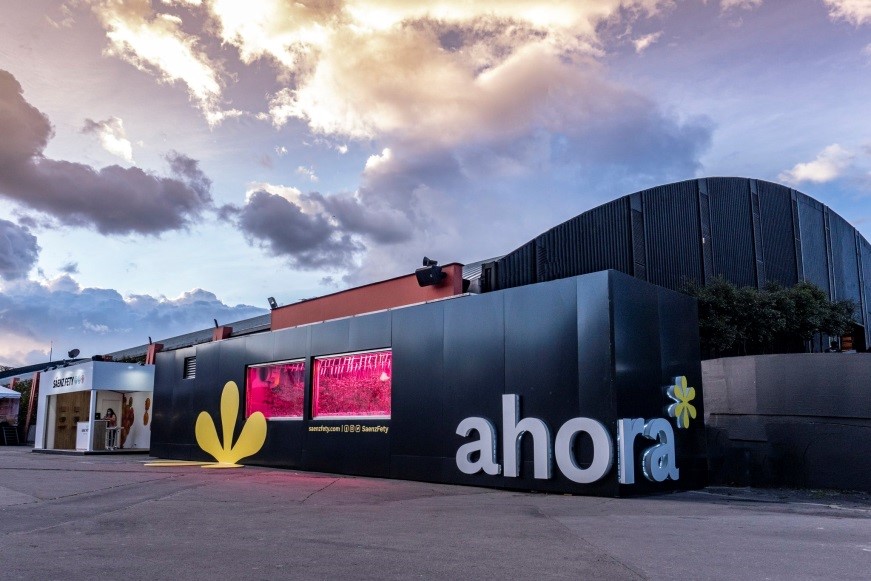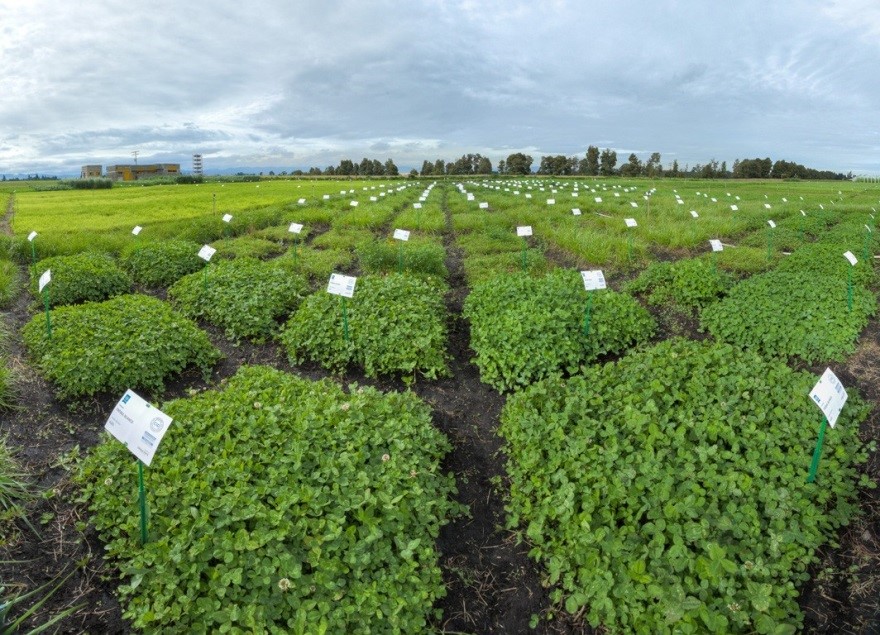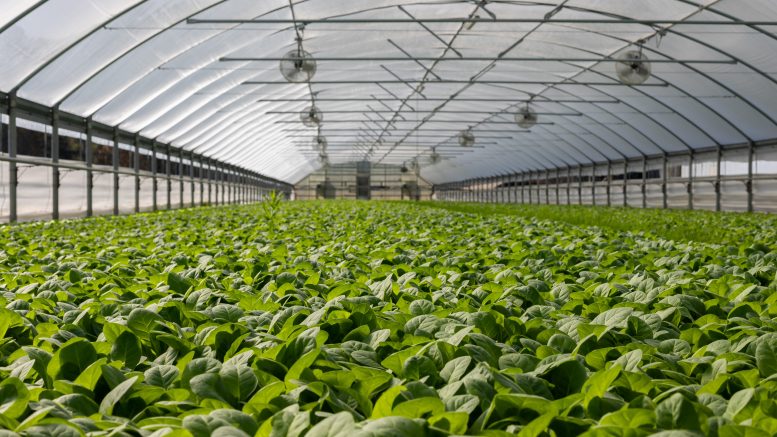“Como empresa, não há incentivos para pagar pelos procedimentos de registro de importação de sementes, porque, uma vez feito, todos os outros importadores se beneficiam.”

Alejandro Sáenz, diretor de relações corporativas da Sáenz Fety
Alejandro Sáenz é economista pela Universidade dos Andes, especialista em Finanças Corporativas pela CESA, com MBA pela Nyenrode Business Universiteit na Holanda e especialização pela INALDE Business School. Sáenz é diretor de relações corporativas da Sáenz Fety, empresa especializada em sementes de hortaliças e forrageiras.
AgriBrasilis – Qual é o tamanho do mercado de sementes de hortaliças e forrageiras na Colômbia?
Alejandro Sáenz – As sementes vêm principalmente do Brasil, o líder com valor CIF de US$ 5,3 milhões (34%), equivalente a 948 toneladas de sementes, sendo 95% das sementes forrageiras originadas do país. Estados Unidos, em segundo lugar, com US$ 3 milhões CIF (19%), representado por 444 toneladas e a China, em terceiro lugar, com valor CIF de US$ 2,1 milhões, mercadoria que pesou 125 toneladas (14%).
Sementes mais importadas (valor CIF)
AgriBrasilis – Quais os desafios na produção e importação de sementes?
Alejandro Sáenz – A Colômbia, por estar na linha do Equador, não tem as condições ideais para produzir sementes e por isso elas são importadas.
A produção de sementes é globalizada. Isso significa que os produtores vão para o país onde melhor convém produzir sementes para o mercado. A cada ano ou a cada semestre os produtores podem mudar o país de produção.
Apenas algumas espécies podem ser importadas, mas somente se forem produzidas em determinados países. Caso a espécie a ser importada e/ou o país de produção não tenha sido analisado pelo I.C.A. (Instituto Agropecuário da Colômbia), ela simplesmente não pode ser importada. Isso significa que uma grande quantidade de análise de risco ainda precisa ser feita. Hoje, o I.C.A. cobra aproximadamente US$ 3.000 por cada análise de risco.
O valor cobrado pelo I.C.A é muitas vezes superior ao potencial de vendas plurianual para as espécies vegetais. Além disso, ao pagar por uma análise de risco, o I.C.A. estabelece requisitos de importação. Após esse momento, qualquer um pode importar da nova origem. Quem pagou pela análise de risco não tem direitos exclusivos.
Como empresa, não há incentivos para pagar pelos procedimentos de registro de importação de sementes, porque, uma vez feito, todos os outros importadores se beneficiam. Atualmente, o que se observa é que há produtos nas gôndolas dos supermercados mesmo não havendo autorização de importação.
AgriBrasilis – O senhor poderia comentar sobre a história e os objetivos da Sáenz Fety? Como a empresa tem contribuído com a modernização do campo?
Alejandro Sáenz – O objetivo da Sáenz Fety é deixar o setor agrícola colombiano mais produtivo e sustentável. Nos dedicamos ao aumento da produtividade dos produtores.
A Sáenz Fety fornece insumos e ferramentas para que os agricultores aumentem a produtividade. Conectamos os mercados aos produtores e apresentamos a eles tecnologias de agricultura de precisão por meio da transferência e difusão de conhecimento. Nosso modelo proporciona assistência técnica e transformação de práticas para alcançar inserção e permanência em mercados cada vez mais exigentes.
A Sáenz Fety lidera o Projeto Ahora em aliança com a Universidad de los Andes, Minagricultura, Mincomercio, Holland House, Enel x, Infinite Acres, Embaixada da Holanda, Eatthis e Corferias. O projeto busca transformar o que se pensa em agricultura e fomentar o conceito de produção e consumo responsáveis, preservando o meio ambiente para as gerações futuras.

Também temos um Centro de Inovação e Desenvolvimento – CID, que objetiva melhorar o nível de produção do país. Com os métodos que estamos desenvolvendo, o uso de água e fertilizantes pode ser minimizado. O espaço foi criado para pesquisas sobre adaptabilidade, uso e manejo de sementes forrageiras, hortaliças e insumos agrícolas, para garantir aos produtores o sucesso em suas atividades.
No Centro de Inovação e Desenvolvimento, experimentamos e analisamos a adaptabilidade na Colômbia de vários materiais para convertê-los em produtos comerciais.
Os objetivos do Centro são:
– Menor consumo de água por unidade de produto;
– Menor ou nenhum uso de pesticidas devido às habilidades ensinadas e ao uso planejado de sistemas biológicos para controle de pragas;
– Redução do vazamento de fertilizantes no meio ambiente (lixiviação);
– Melhor qualidade do produto, levando a menos desperdício de produto;
– Criação de uma melhor distribuição da umidade, devido ao uso da unidade de ventilação do CID. Isso evita a condensação em plantas e frutos e, consequentemente, reduz pragas e doenças.
Ao reduzir o uso de agrotóxicos, reduziremos o risco à saúde de todos os trabalhadores.


